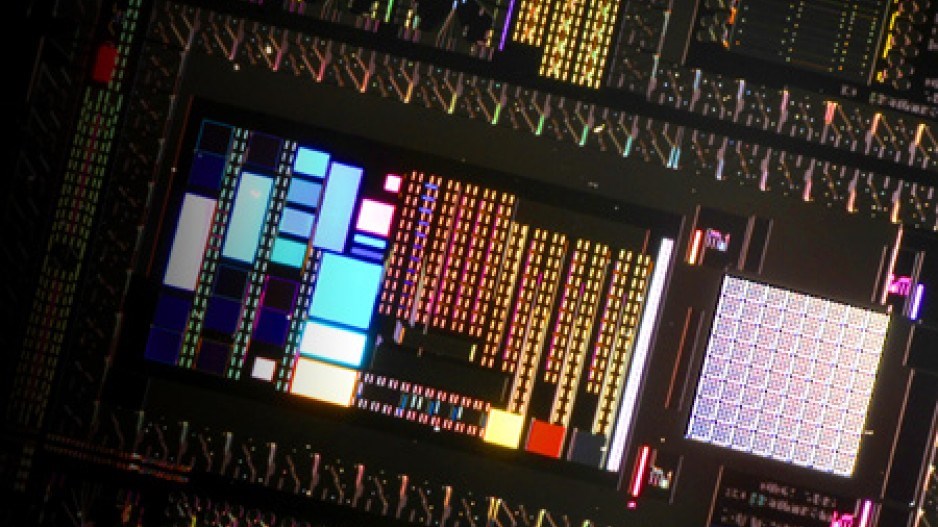The Burnaby company behind the world’s first commercially viable quantum computer has taken another leap in advancing the field.
D-Wave Systems has broken the 1,000 qubit barrier, doubling its processor capacity from 512 qubits.
"This updated processor will allow significantly more complex computational problems to be solved than ever before," Jeremy Hilton, D-Wave’s vice-president of processor development, wrote in a June 22 blog entry.
Regular computers use two bits – ones and zeroes – to make calculations, while quantum computers rely on qubits.
Qubits possess a “superposition” that allow it to be one and zero at the same time, meaning it can calculate all possible values in a single operation.
But the algorithm for a full-scale quantum computer requires 8,000 qubits.
So while D-Wave hasn’t actually built a full-scale quantum computer, it has developed a quantum coprocessor that mimics the functions of a quantum computer by conducting least-path analysis.
A least-path algorithm calculates the shortest length between two points, or else, the simplest and most likely answer to a complex question.
“Breaking the 1,000 qubit barrier marks the culmination of years of research and development by our scientists, engineers and manufacturing team,” D-Wave CEO Vern Brownell said in a statement.
“It is a critical step toward bringing the promise of quantum computing to bear on some of the most challenging technical, commercial, scientific, and national defense problems that organizations face.”




